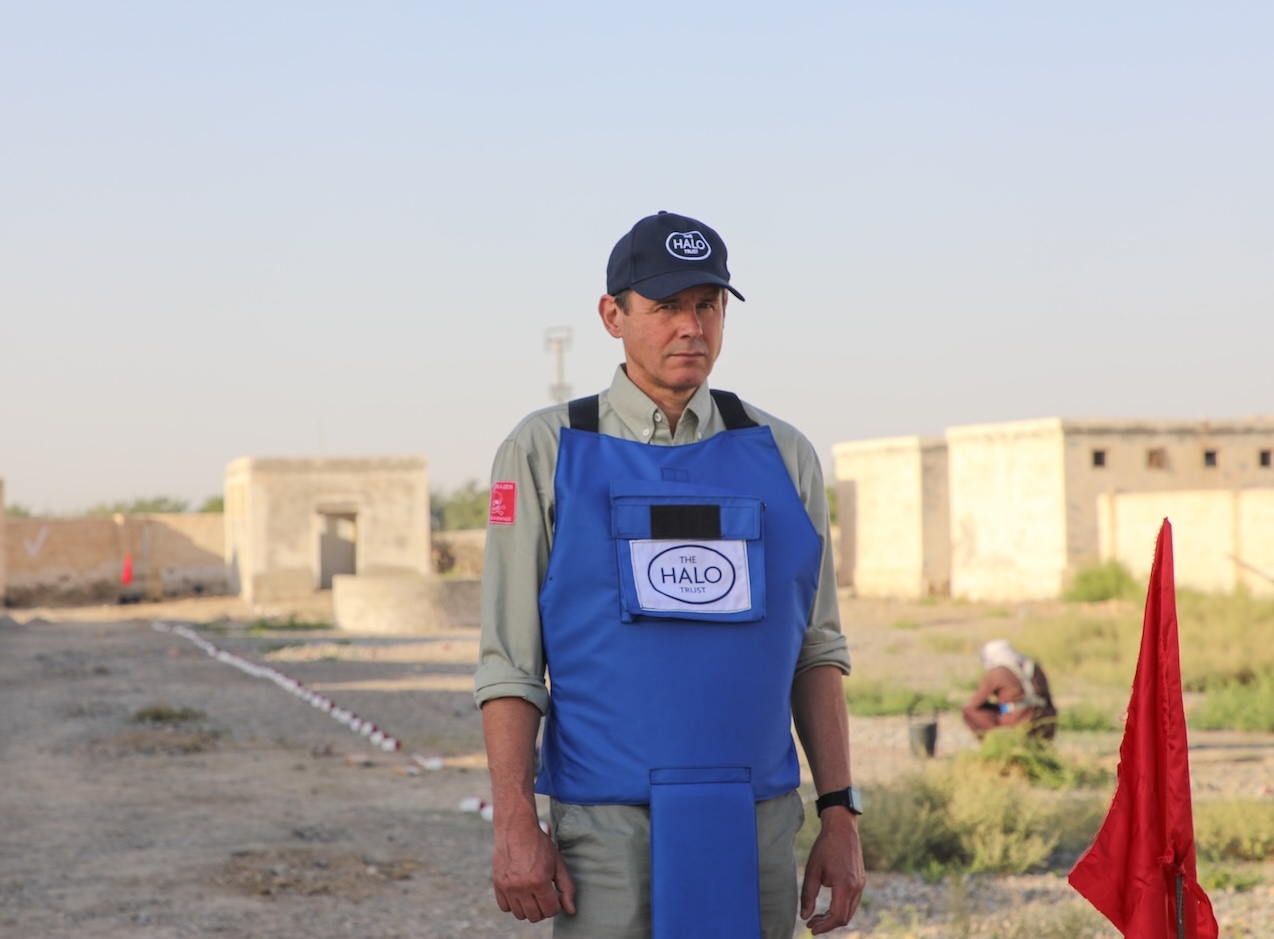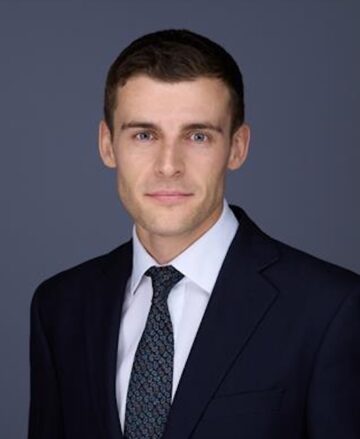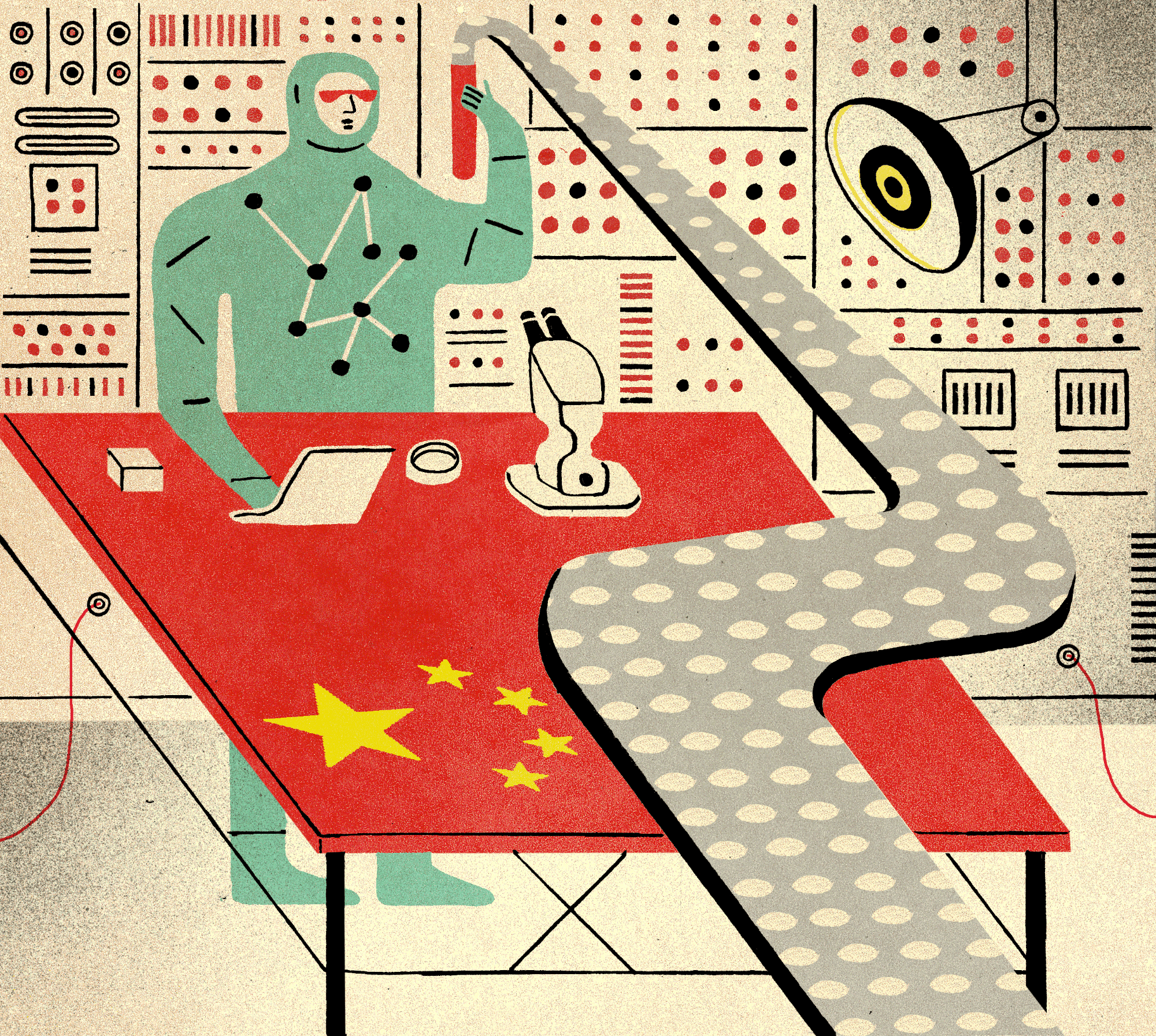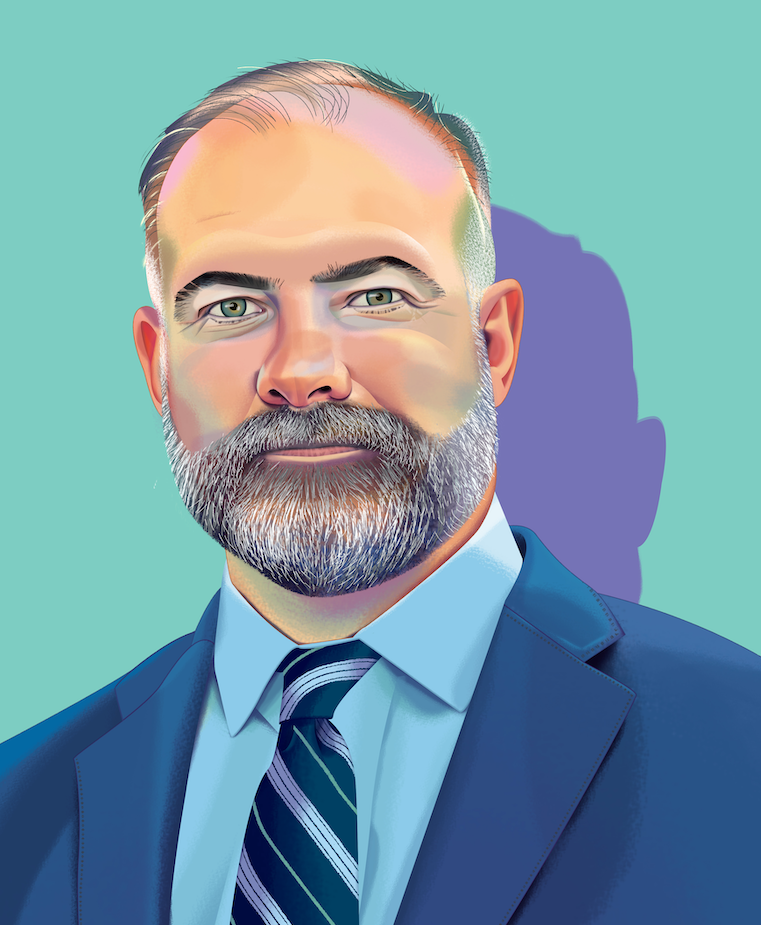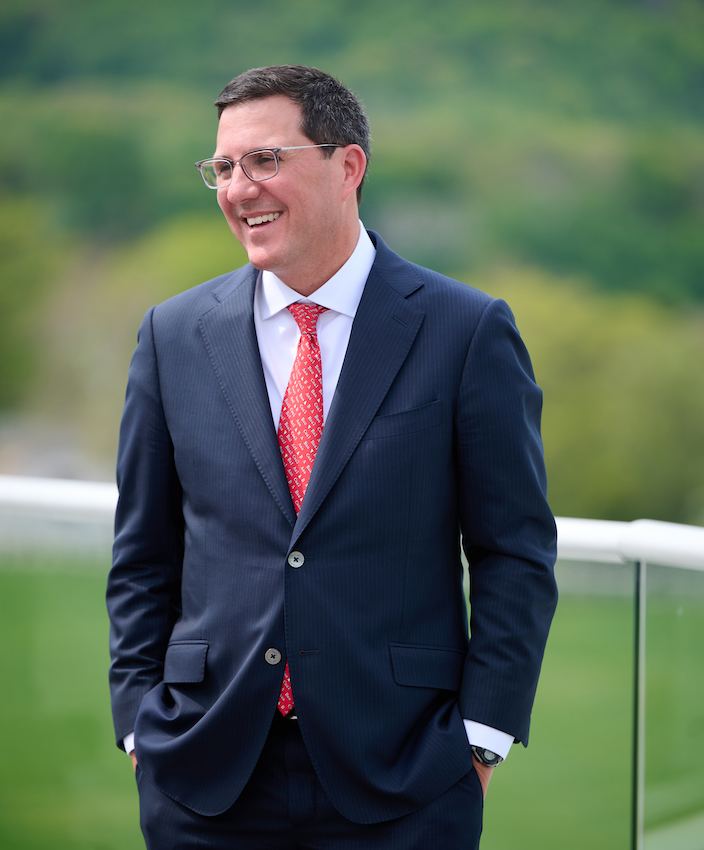Investment, partnership and technology are rewriting what humanitarian action can achieve. CEO James Cowan talks about leading The HALO Trust through a decade of substantial change.
Since taking over as CEO in 2015, James Cowan has led The HALO Trust through an evolution—expanding its mission from post-conflict demining to a broader role that also deals with live conflicts.
In that time, the charity’s workforce has more than doubled and income has tripled, as Cowan has diversified HALO’s funding base and modernized its operations, expanding capabilities across communications, HR, advocacy and philanthropy.
The HALO Trust is a UK-based NGO focused on clearing and managing explosive material around the world and restoring communities. Their evolution reflects a shift in how governments and corporate partners view the humanitarian response to conflict. Investing in HALO’s projects now means more than saving lives: It’s an investment in stability—supporting food security, strengthening supply chains and underpinning the long-term resilience of local and global markets.
The organization is little known outside of their sector but has had prominent supporters, including, most famously, Princess Diana. Her historic walk on an Angolan minefield in 1997 brought global attention to the impact of landmines and HALO’s work. Her son Prince Harry followed in her footsteps and has been a strong supporter of the charity since 2011.

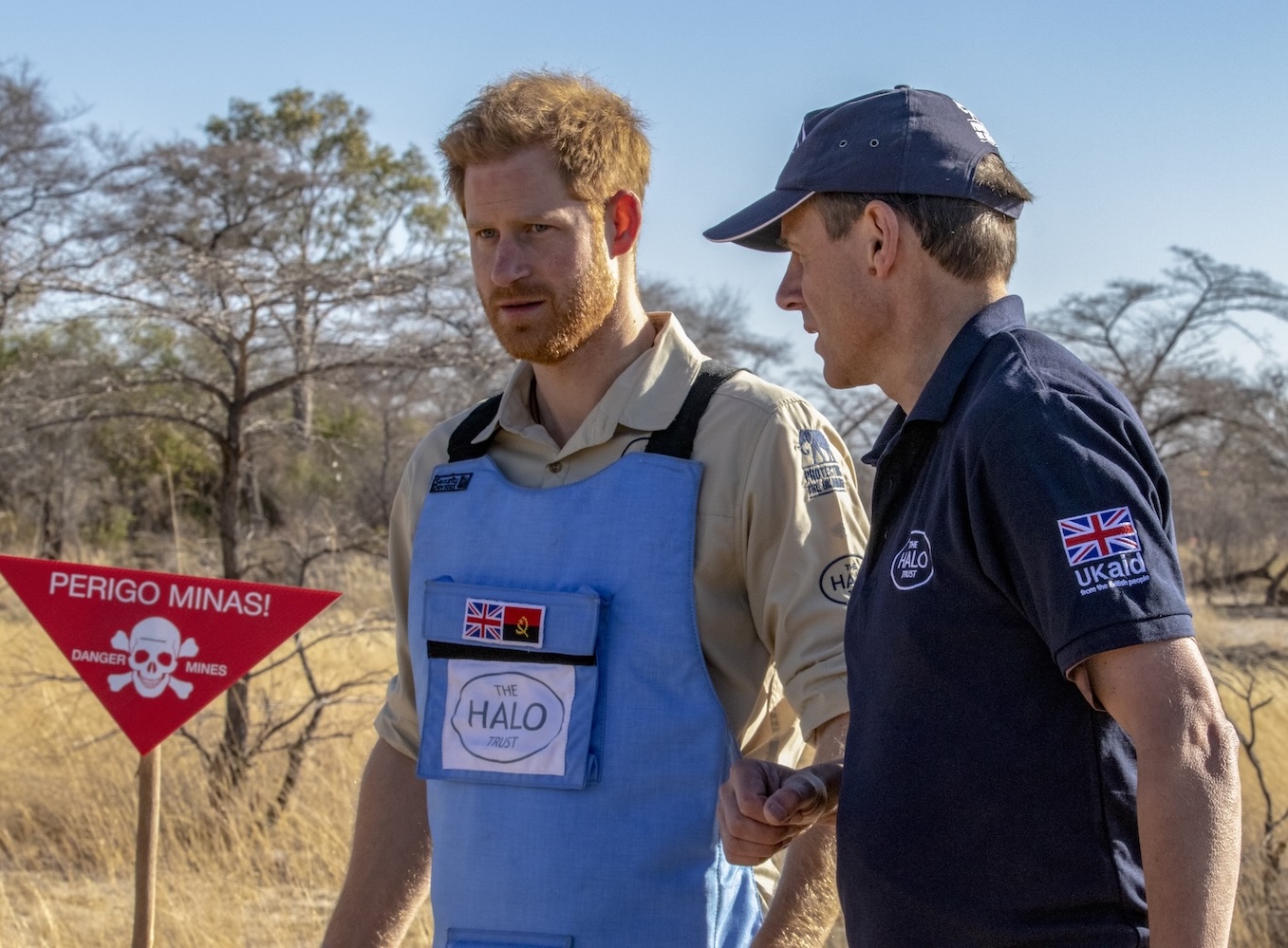
Today, HALO’s work stretches from the aftermath of conflict in Mozambique and Sri Lanka to the battlefields of Ukraine, where partnerships with companies like BP, Eni, Cargill, Viterra and John Deere are helping restore land, empower communities and rebuild livelihoods.
Studies from the Tony Blair Institute for Global Change on Ukraine and London Business School on Mozambique have reinforced the economic case for this work, showing how mine clearance is both humanitarian and an investment in recovery and the conditions for growth.
In our conversation, Cowan reflected on the charity’s evolution, what he is most proud of and his plan for the organization’s future. “My vision is to make sure that HALO is central to people’s answer to the question of conflict,” he said.
How has HALO’s mission changed during your decade at the helm?
HALO began in 1988 as a landmine clearance charity. Landmines are different from other weapons because they’re victim operated. In other words, a human being stands on the landmine; they’re intended for soldiers, but actually they’re indiscriminate in their effect. It’s probably going to be a civilian, often a child that will stand on that landmine. And because it’s hermetically sealed, it will still be effective years, decades after the event. We remain committed to clearing landmines, but now we’re dealing with a much broader body of work, largely associated with conflict.
We focus on landmine clearance in rural environments, bomb disposal in cities and weapon control. What unites all of this is tackling conflict. Conflict is really at the heart of much of the world’s current crisis. Sixty countries are in conflict; millions of people are affected by conflict. It isn’t just bad on its own terms, it harms children’s education, damages health outcomes, stops industry from thriving and devastates the natural environment. That is the reason for our work.
I don’t think it’s an exaggeration to say the last 10 years have been historic. We are seeing the end of an era. The rules-based international order, the post-1989 international system, is breaking down and is being replaced by a return to great-power politics. And HALO’s last decade has been defined by a series of events associated with that change. Most notably, the collapse of the NATO operation in Afghanistan, the crisis in the Middle East and the Ukraine war.
This has meant that HALO has shifted from being a largely post-conflict organization dealing with the removal of legacy munitions in countries like Cambodia, Angola or Zimbabwe, to having to deal with live conflicts. Of the 32 countries we now operate in, about half are in live conflict. So it’s a very different world from the one I inherited in 2015.
“It’s not for our own glory. It’s not for the donors. We are in this to save lives, restore livelihoods and create a better future.”
How have clearance techniques evolved with new technology? Are weapons more complicated to disable?
In one sense, the types of weapons we’re encountering are not changing at all. The landmines that the Russians are using in Ukraine are the same landmines they were using in the 1970s. What’s changing is our adoption of technology to accelerate the speed of clearance.
When we started out, The HALO Trust was hands-and-knees work with a prodder—the same way clearing a landmine would’ve happened in the Second World War. We’ve moved miles from that and I’m increasingly excited by the potential that technology brings.
The vision is massively accelerated clearance. Clearance is very slow, careful, painstaking work, so you’re likely to be overtaken by communities returning home. And they will take matters into their own hands if the speed of clearance is too slow.
Basically, it’s a three-stage process. First is finding contamination through wide area surveillance, using drone and satellite technology and then marrying it with AI to examine hundreds of thousands of aerial images at high speed to identify the landmines.
The second stage is to confirm. We’re using new, cutting-edge technologies—magnetic resonance, various nuclear technologies, ground-penetrating radar—to improve the quality of the detectors that we use to again speed up the process.
The third stage is clearance. In place of human deminers on hands and knees, it’s embracing mechanization, having large fleets of mechanical vehicles that clear land quickly, particularly open farmland.
The ultimate goal, as far as I’m concerned, is to move towards robotics and have machines that work 24/7. This is already happening in the agricultural sector and we’re working with various partners to bring the technology they’ve designed for farming into landmine clearance. It’s really exciting.
I want to transform HALO from a hands-and-knees human demining organization into one that still has humans and local staff at the heart of it, but those humans are employing machinery to hugely accelerate the speed of clearance, and therefore the impact of our work for our beneficiaries.
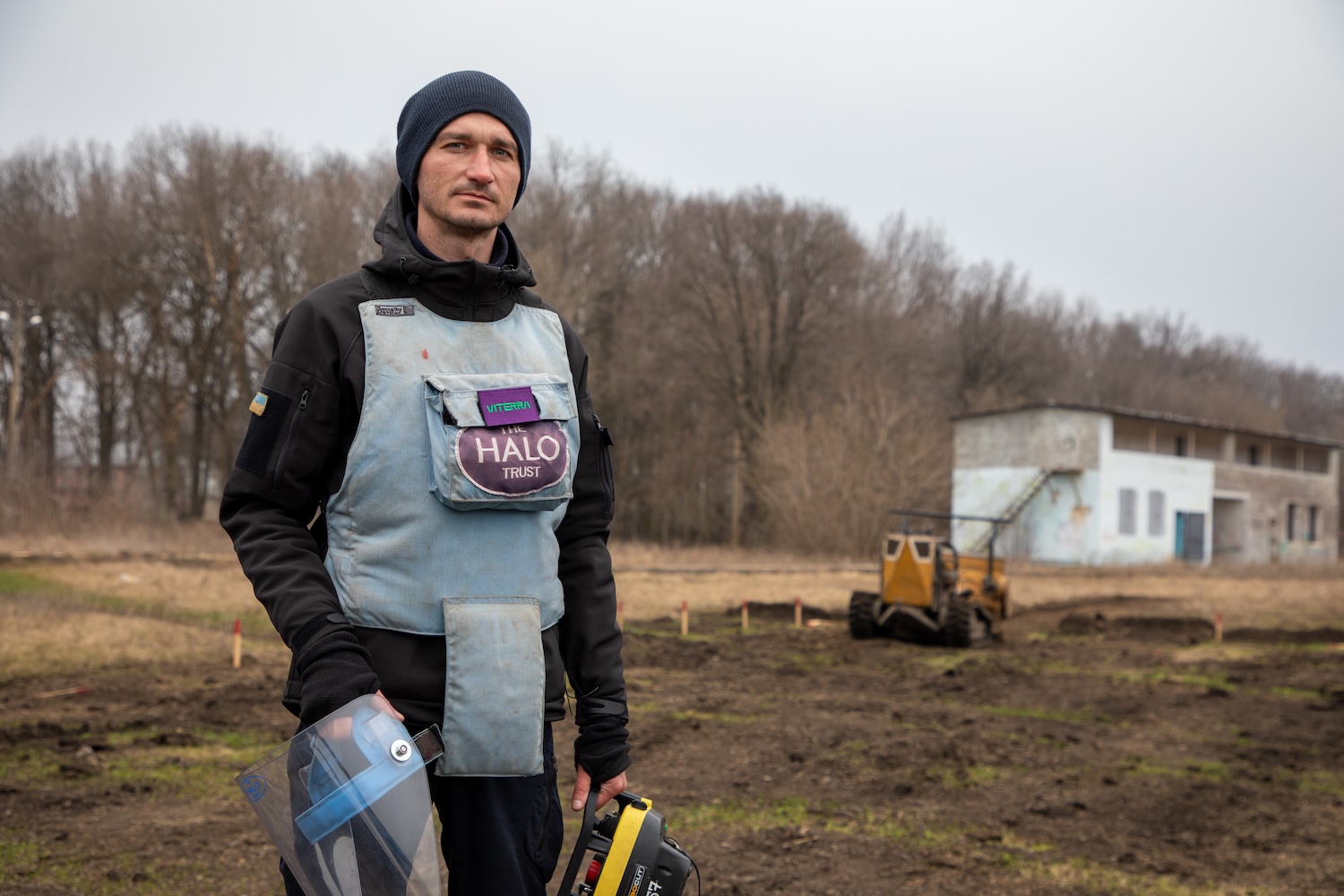
Can you share an example of economic improvement directly related to your work?
We’re currently operating in Southern Africa on the border between Zimbabwe and Mozambique. Mozambique had extremely heavy landmine contamination, laid during the Rhodesian War. We’ve now managed to completely rid that country of landmines, but the Rhodesian landmines on the Zimbabwean side of the border have not yet been cleared.
The roads, the schools, the pasture land and even elephant migration routes would pass over that border, if not for the landmines. By clearing that border, we are massively expanding not only the economic potential of the region, but the human potential and indeed the conservation potential.
Take another example: In Sri Lanka, the north of the country was subject to one of the most brutal civil wars between the Tamils and Sinhalese. It ended with large-scale contamination across the north of the country and the impoverishment of most of the Tamil community.
By clearing the landmines and opening up land, we’re creating jobs for local people, particularly for women. And we don’t just give them a job as a deminer, we give them a patch of land, which they can farm and have permanently for their family.
It is transforming the north of the country. We recently cleared Jaffna Airport and it’s since reopened. The rest of Sri Lanka is an amazing tourist destination, but there’s no tourism in the north. And yet, once the landmines are gone, the potential for tourism and other economic outcomes to merge suddenly becomes real.
Who’s going to build a factory or a hotel if there are landmines? Once they’re gone though, suddenly the north of Sri Lanka has just as much potential as the south.
Can you tell us a bit more about the partnerships you have with businesses, NGOs and governments?
The HALO Trust, when I took it on, was largely funded by governments. And those governments have begun to retreat from funding foreign assistance and overseas aid. They have, rightly or wrongly, committed to extra defense spending, domestic spending. Overseas aid has fallen out of fashion, but that doesn’t mean the problems that overseas aid was designed for have gone away. The problem is more acute than ever.
I’m moving HALO from being an organization funded by governments, towards one funded by the private and corporate sectors. And we’re having a lot of success with that. In only five years, we’ve gone from really no private funding, to one-third of HALO—about £50 million a year—coming from the private sector.
The fact that private donors are stepping into the breach, and the rate at which they’ve done so, is incredibly uplifting; it fills me with hope and shows potential for the future.
“We are also unusual in the sense that our goal is to rid the world of landmines, so in that way we intend to write ourselves into the history books.”
What does sustainable local empowerment look like and how do you build trust?
HALO has always been highly localized. Of the 12,000 staff, roughly only 300 are international. The remainder are locally recruited and hired. We are hugely proud of those people and have given many of them careers over decades. They are the heart of the HALO family.
But we are also unusual in the sense that our goal is to rid the world of landmines, so in that way we intend to write ourselves into the history books. When the last landmine is gone from Sri Lanka, HALO Sri Lanka will close. That is different from other enduring aid activities. Our motto is, “Get the last landmine outta the ground for good.”
We are working to diminish the problem and we want to go at it as fast as we can and then leave. But we also need to maintain our safety standards because clearing landmines is inherently dangerous work. Our reputation is founded on the highest safety standards.
As I’ve explained, we need to massively increase the speed of clearance and there’s a balance to be struck between safety and productivity. Without in any way compromising on safety, I believe that investment in technology is the way to do that. So that is at the heart of trust.
Ultimately, we’re in this job for only one reason, and that is for our beneficiaries. It’s not for our own glory. It’s not for the donors. We are in this to save lives, restore livelihoods and create a better future. And we must never stray from that objective.
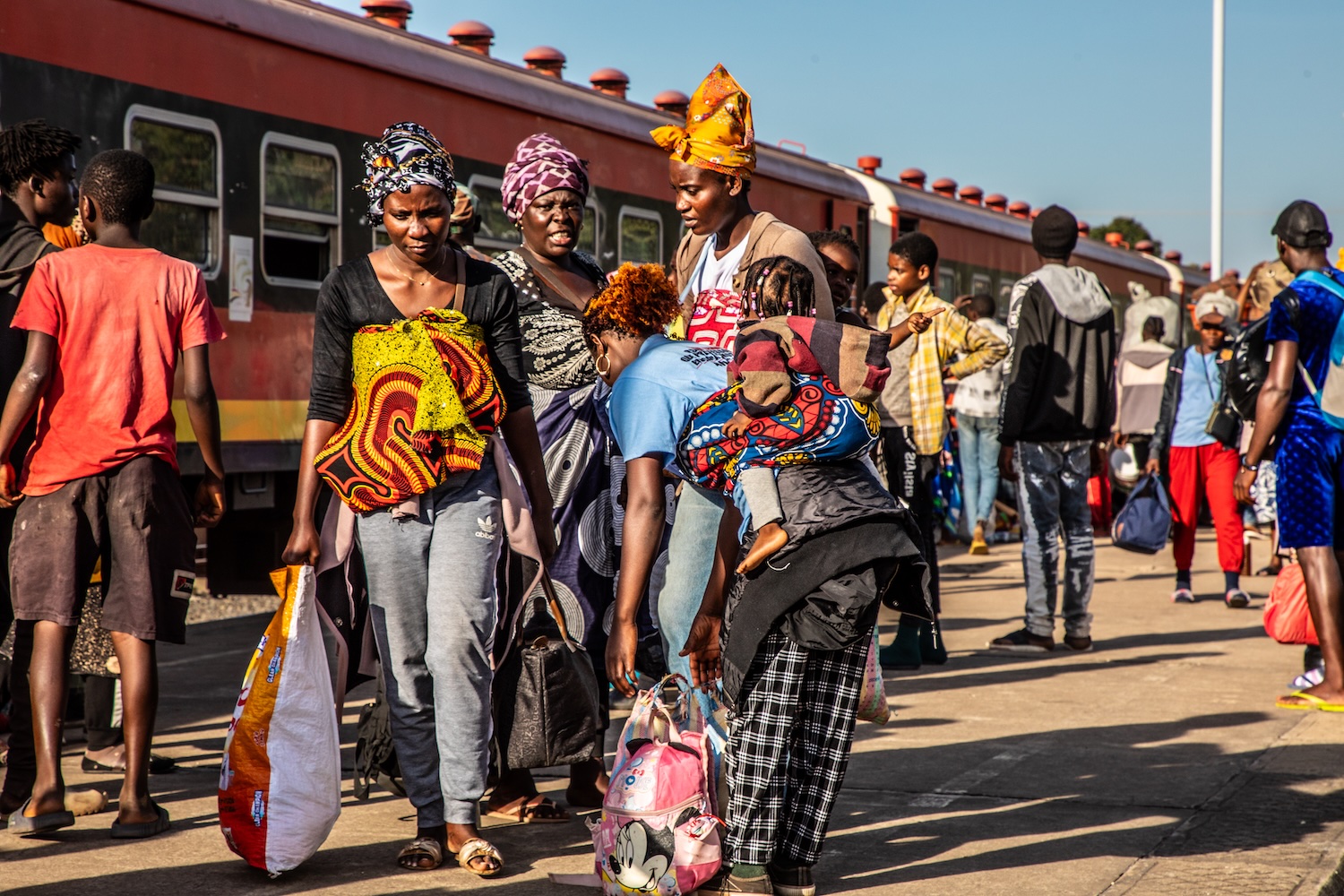
When you look back at the last decade, what are you most proud of? And what’s your ambition ahead?
The pleasure of working for HALO is the sense of teamwork, whether it be a young deminer getting out of bed at 4 am in a remote camp in Angola and going to work in the heat of the day, or the cold of winter in Ukraine clearing landmines, that takes courage. It’s hard physical labor. That’s not my achievement. That’s a collective achievement.
It’s great to be surrounded by people who are both incredibly hardworking and very brave. It’s only a couple of days ago that some of my people had a Russian drone over-fly them. It was shot down and they were covered in the shrapnel. Fortunately, nobody was hurt. But these are the kinds of issues that are now affecting HALO on a daily basis. And it’s just a huge source of pride to me that we have people willing to do that work in these environments.
My vision is for HALO to be central to the way in which we as humanity deal with, in my opinion, the primary scourge of our age, which is conflict. We’re not going to be the solution to every aspect of conflict. We’re not doing high-level diplomacy. But in the three areas I’ve identified—landmine clearance in rural environments, urban bomb disposal and weapon control—we are a hugely affordable and effective way of tackling these particular issues. And we happen to be the world’s largest organization that does this.
People are motivated by lots of different things in life. In my case it’s purpose. This is an extraordinary mission. I’ve been very lucky to have done this for 10 years, and to be surrounded by some amazing people.
We are continuously looking for partners and people to become part of our HALO community. Because we’re a lean organization and don’t have a big comms setup, we’re not that well known. People have heard of Princess Diana, they know about our work because of that, but probably not much more than that. We’re a sort of all-too-well-kept secret. And I’m inviting people to come in on the secret, and to learn what an extraordinary organization this is. It’s a great institution doing amazing work day after day.
